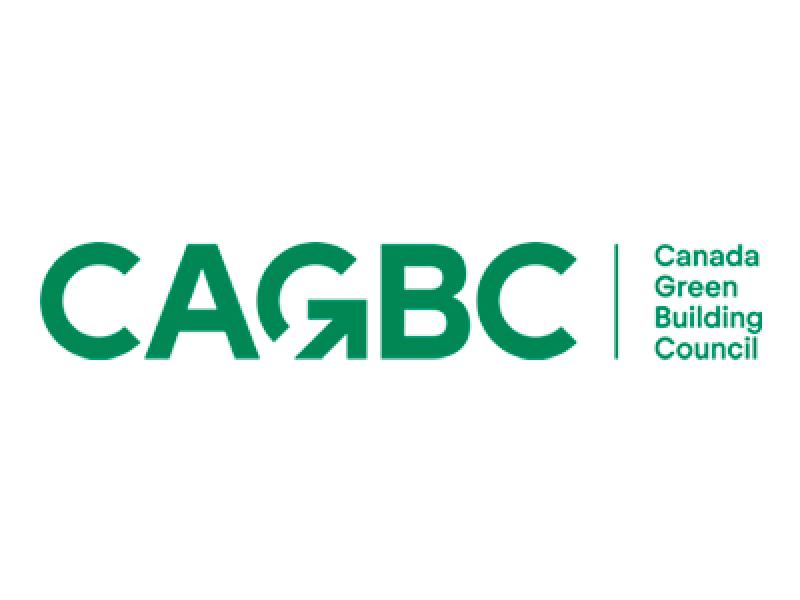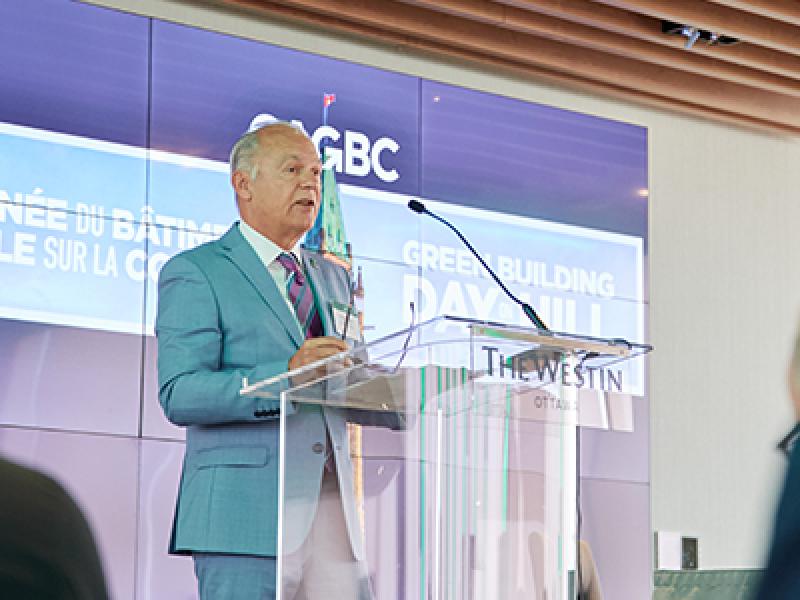
EcoAmmo – Dentistry building (Courtesy, EcoAmmo)
Fifteen years ago, I started EcoAmmo with the belief that every building has the potential to make a positive impact on the environment, the health of its occupants, and the teams who design and build them.
But transitioning buildings toward a more sustainable path requires expertise in green building, productivity, and people management. At EcoAmmo, we operate at the intersection of sustainable buildings, Integrated Project Delivery (IPD), and lean, high-performing teams to make green building certifications simpler, less time-consuming, less taxing, and less expensive for all green building projects. And our approach has worked.
Today, EcoAmmo has certified over 230 Leadership in Energy and Environmental Design (LEED) projects — including approximately 30 per cent of all Edmonton LEED-certified projects. While not the only certification we support, LEED is an important part of how we are working to transition the world towards sustainability.
LEED V4 updates support sustainability
Integrative design process requirements were introduced under LEED v4, supporting the prioritization of sustainability measures from project initiation. We find that starting with your sustainability goals clearly defined leads to better outcomes — and keeps you closer to the specified budget and time frame.
The LEED Online platform allows our project team members to review the progress for targeted credits quickly and create and modify checklists for related tasks and documents. With LEED Online, the flow of information is improved, which helps ensure project documentation is complete.
Now, updates included in LEED v4.1 are making that job easier. The latest version of LEED features changes that streamline the certification process and make challenging credits more accessible.
Many of our projects use updates in LEED v4.1 to pursue some of the credits that were initially difficult to achieve under LEED v4 — among them credits that address low-emitting materials, whole-building life-cycle assessment, and surrounding density and diverse uses.
Pushing boundaries to achieve a higher level of sustainability
By streamlining and simplifying the compliance requirements, the changes in LEED v4.1 have encouraged more project teams to expand their sustainable building practices, such as performing air quality testing or using more products that have Environmental Product Declaration (EPDs) and Health Product Declarations (HPDs), for example.
The recently introduced zEPI Pilot Alternative Compliance Path allows LEED projects to be assessed based on reductions in energy consumption and greenhouse gas (GHG) emissions using the Zero Energy Performance Index (zEPI). Shifting away from energy costs frees projects to select more sustainable energy options. Taken together, energy consumption and GHG metrics will help incentivize efficient, low-carbon designs.
These changes are positive ones, and in our view, will allow the uptake of sustainability practices to increase. With LEED v4.1, we are still pushing the boundaries and achieving a higher level of sustainability, but now in a more user-friendly way. That is making LEED v4.1 credit substitutions a key strategy for success at EcoAmmo.
One project underway is the Health Sciences Centre at Okanagan College’s Kelowna campus. In addition to targeting LEED v4 Gold, this project will also pursue the Zero Carbon Building Standard (ZCB Standard) and WELL Silver. Pursing three different certifications might be seen as a challenge to some, but our process focuses on finding the natural synergies. For instance, energy and GHG emissions reduction requirements apply to both LEED and the ZCB Standard, and the credits related to acoustics and low-VOC (volatile organic compound) materials apply to both WELL and LEED. That means pursuing a credit for one certification can strengthen the submission for another, creating a win-win situation.
Achieving the goal of transitioning the world toward sustainability won’t be the job of one company or one rating system. But by providing tools and services that guide projects on the path – and removing barriers to achieving certification – LEED v4.1 can help projects get there a little faster.










